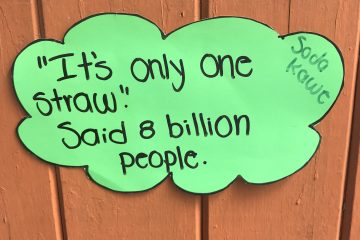Can novice Spanish learners understand authentic poems?
That was the question asked, quite appropriately, through the Ñandutí listserv, an email list from the Center for Applied Linguistics that serves primarily educators working with elementary learners. The answers were so helpful that I wanted to share them here.
First, check out the very rich list of poems for teaching children the months of the year in this post from a blog called Mentas Más Chocolate.
Colleen recommended “Nada mejor” by José Miguel López:
Nada mejor
Que estar en familia:
Hablar con la abuela,
Reír con la tía.Jugar al futbol
Con el primo Alberto
Y oír los chistes
Del tío Roberto.En torno a la mesa
Todo es alegría,
Estar todos juntos
¡qué maravilla!Nada mejor
que estar en familia.
Hablar con la abuela,
Reír con la tía.
For tiene, Mariela recommended the first verse of “La plaza” by Antonio Machado:
La plaza tiene una torre
la torre tiene un balcón.
El balcón tiene una dama,
La dama una blanca flor.
She also recommended this version of another familiar children’s rhyme:
Tengo, tengo, tengo
tú no tienes nada.
Tengo tres cabritas
en una cabaña.
Una me da leche,
otra me da lana,
otra me mantiene
toda la semana
Vivan suggested “La risa” by Gloria Fuentes:
¡Bienvenida sea la risa
que deja alegría por donde pisa!
¡Que venga la risa
y su prima la sonrisa!
Reír es como si como -alimenta más que el lomo-
Hay que reír cada hora -lo receta servidora-.
¡Ay que risa, tía Felisa,
se le vuela la camisa!
(La risa es muy buena para el pecho).
Quien va sonriendo, va mejor que en coche,
quien ríe de día, duerme bien de noche.
as well as a classic, “Luna llena” also by Antonio Machado:
¡Luna llena, luna llena,
tan oronda, tan redonda
en esta noche serena
de marzo, panal de luz
que labran blancas abejas!
Maureen offered the simple choosing rhyme:
Tin marín de dos pingües
Cúcara, mácara, títere fue.
More complicated:
Ta, te, ti, suerte para mi
si no sera para mi sera para ti
Ta, te, ti, chocolate con nesquik.
Alisa gave a vowel rhyme:
A,a…el burro se va.
E, e…el burro se fue.
I, i…el burro está aquí.
O, o…el burro soy yo.
U, u…¡el burro eres tú!
Elizabeth taught her second graders this manzanita jump-rope rhyme they did with the rope!
Manzanita del Peru
Cuantos años tienes tú
todavía no lo sé
pero pronto lo sabré
1,2,3,4,5….
Spanish learners of all ages can learn and enjoy these poems. Do you have more novice-friendly poetry to offer?
Additions:
Emily sent me this one-
A, E, I, O, UArbolito del PerúYo me llamo ________¿Cómo te llamas tú?
Image by Susan Cipriano from Pixabay



